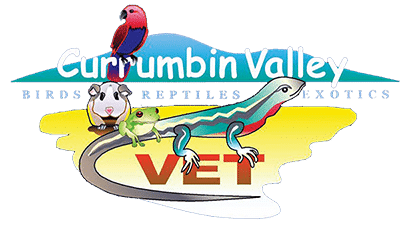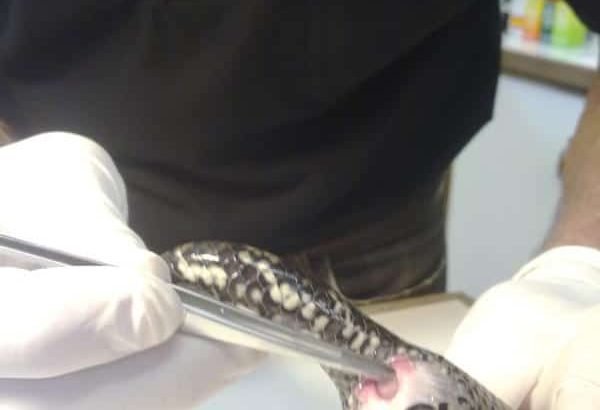Exotic pets have long fascinated humans. Their vibrant plumage, unique scales, and curious behaviours have inspired awe and intrigue for thousands of years. While today we often associate exotic pet ownership with animals such as parrots or pythons in suburban homes, the roots of this relationship run far deeper – stretching from ancient civilisations through to our current understanding of animal welfare and holistic vet care.
Understanding the historical evolution of exotic pet ownership helps us better appreciate both the responsibilities we carry and the changing ethics surrounding the animals we keep. Let’s take a look at how this bond has transformed across eras, cultures, and continents.
Ancient Egypt: The First Exotic Pet Keepers?
When it comes to animal reverence, few civilisations rival Ancient Egypt. Exotic animals such as monkeys, cheetahs, and even crocodiles were not only kept as status symbols but also held religious significance. Baboons were associated with the god Thoth, and ibis birds – often kept in temple sanctuaries – were sacred to the same deity.
Archaeological discoveries, including pet cemeteries and elaborate mummified remains, point to a deep bond between humans and exotic animals in this era. In fact, many nobles and pharaohs were entombed with their cherished pets, a testament to the importance of these creatures in both life and death.
The Roman Empire: Symbols of Power and Prestige
As the Roman Empire expanded, so too did the variety of animals brought back from conquered lands. Emperors and senators paraded lions, leopards, and elephants through city streets – not as companions, but as demonstrations of dominance over nature.
However, exotic pets weren’t just used for spectacle. Wealthy Romans sometimes kept parrots, peacocks, and monkeys in their villas. These animals were seen as luxury items, their rarity elevating the social standing of their owners. Unfortunately, little concern was given to their wellbeing or natural habitat needs.
Medieval Curiosities and Aristocratic Menageries
By the Middle Ages, exotic animals had become rare and wondrous novelties across Europe. Royals and nobles maintained private menageries – a precursor to the modern zoo – with animals gifted from foreign dignitaries or acquired through trade routes.
England’s King Henry III famously kept a polar bear in the Tower of London, allowing it to swim and fish in the River Thames. Such stories capture the era’s fascination with the exotic but also reveal a lack of understanding about the animals’ natural environments or complex welfare needs.
The Enlightenment and the Rise of Scientific Interest
The Age of Exploration brought an influx of strange and beautiful creatures to European shores, fuelling both public fascination and scientific curiosity. Naturalists like Carl Linnaeus began to classify and study exotic species, sometimes keeping them in private collections for observation.
While the motive was less about prestige and more about knowledge, animal welfare was still largely overlooked. These animals were often kept in cramped, unsuitable conditions that would be considered unacceptable by today’s standards.
The Victorian Era: Exotic Pets Go Domestic
By the 19th century, the growing middle class in Europe and America had more disposable income and access to international trade. Parrots, tortoises, and monkeys became increasingly popular as domestic pets. This era also saw the rise of the “pet shop” and the commercialisation of the exotic pet trade.
However, concerns about animal cruelty also began to surface. Organisations like the RSPCA were founded during this time, laying the groundwork for the animal welfare movements we know today. These early steps helped shape a growing awareness of ethical pet ownership.
The 20th Century: Regulation and Responsibility
As veterinary science progressed throughout the 20th century, exotic pet ownership became more regulated and informed. Legislation was introduced to limit illegal wildlife trade, and veterinary professionals began to specialise in the care of non-traditional companion animals.
Exotic birds like budgerigars and cockatiels became household staples, while reptiles like iguanas and bearded dragons gained popularity with hobbyists. The emergence of trained exotic vets helped improve animal care, leading to longer, healthier lives for these species in captivity.
Today’s Trends: A Holistic Perspective
In the modern era, exotic pet ownership has evolved into a more conscious practice. While the fascination with unique and colourful animals remains strong, today’s carers are increasingly interested in providing holistic vet care – addressing not just physical health, but environmental enrichment, mental wellbeing, and dietary balance.
The ethical landscape has also shifted. There’s greater awareness around the impact of the exotic pet trade, habitat destruction, and the ecological risks of releasing pets into the wild. Many owners now seek advice from holistic vets to ensure their pet’s care aligns with natural behaviours and biological needs.
In Australia, for example, native reptiles and birds are often kept under strict licensing conditions to protect wild populations. This approach balances the enjoyment of exotic pet ownership with broader conservation goals.
What We Can Learn from History
Reflecting on the history of exotic pets reveals a recurring pattern: curiosity often precedes understanding. From the pharaohs’ temples to modern living rooms, our relationship with exotic animals has continually transformed. Today, we stand at a crossroads – armed with science, empathy, and a commitment to ethical care.
Whether you’re housing a blue-tongue skink, a galah, or a green tree python, it’s vital to provide care that respects both the animal’s origins and individual needs. That includes choosing enrichment that mimics natural behaviours, seeking out a vet holistic in approach, and educating yourself on appropriate husbandry. For those seeking specialised care for their unique pets, our experienced exotic animal veterinarians are equipped to provide comprehensive health services tailored to the needs of various exotic species.
At the heart of this evolution is a simple truth: exotic pets deserve more than admiration – they deserve understanding, compassion, and care that puts their welfare first.For a deeper dive into the essentials of exotic pet care, including nutrition, habitat setup, and the importance of regular health check-ups, read our comprehensive guide on An Introduction to Unusual Exotic Pets and How to Provide Appropriate Care.





